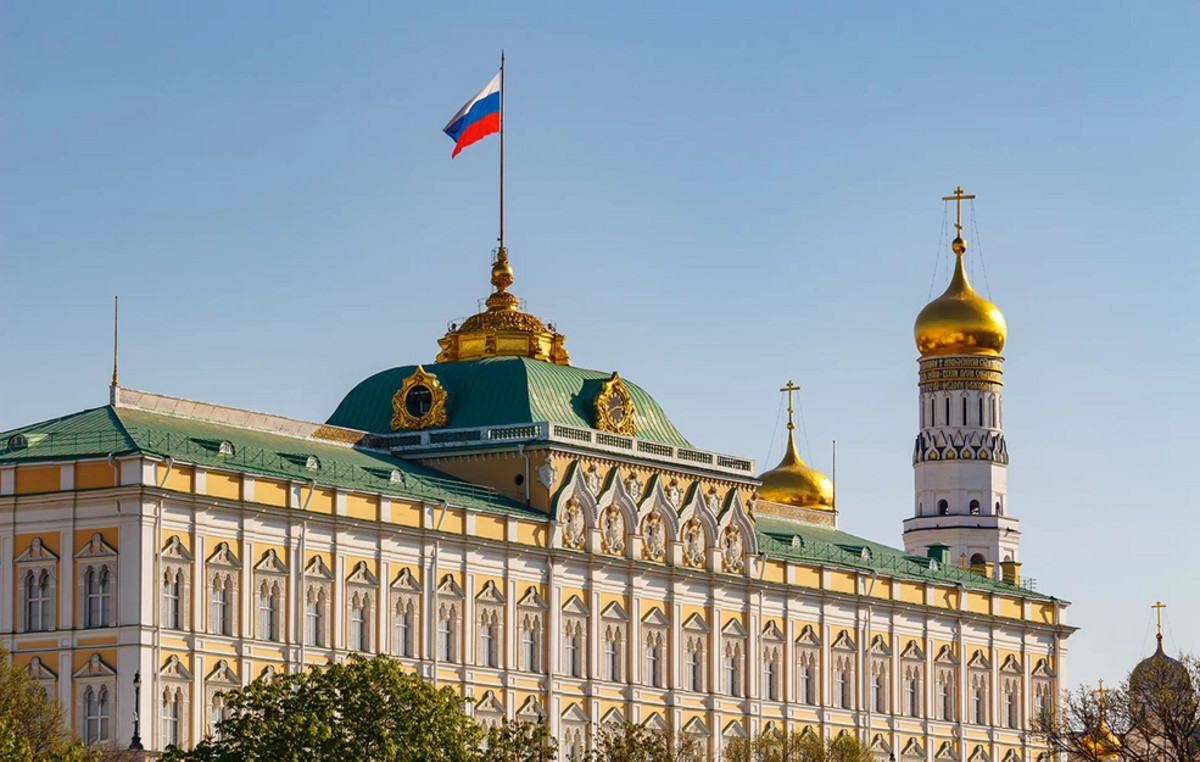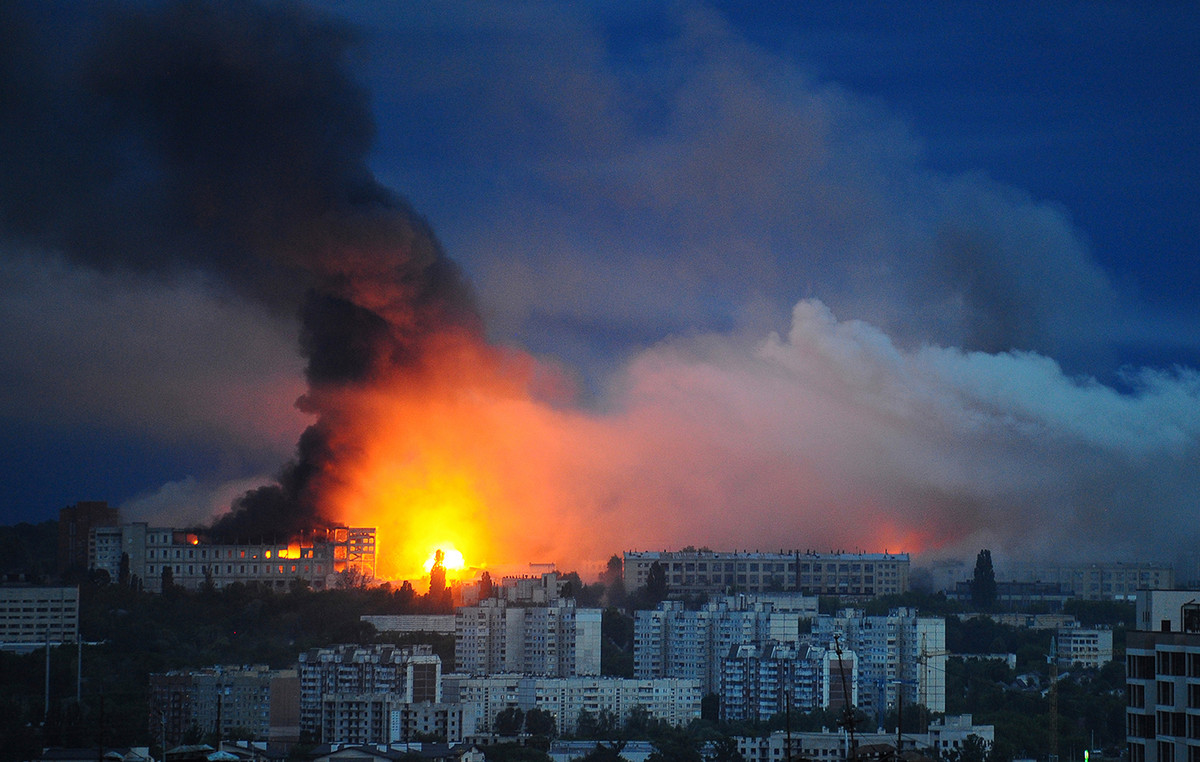It carries out severe blows Israel in the city of Rafah, where more than a million Palestinians have taken refuge who are threatened by war in Gazaat a time when diplomacy is trying to impose a new truce against the backdrop of regional flare-ups.
Shortly after midnight, an AFP reporter heard heavy gunfire in this town, which borders Egypt on the southern tip of the Gaza Strip.
The Hamas Health Ministry announced the death of at least 100 civilians on Friday, in the evening and during the night, of which 14 early this morning from hits in two different houses in the eastern part of Rafa.
In recent weeks, Israeli operations have focused on the neighboring city of Khan Yunis, the second largest in the territory where, according to the Israeli military, the local command of the Islamist Palestinian movement is hiding. Hamas.
Under rain, thousands of residents continued to flee the fighting and Israeli shelling by vehicle, on foot, on bicycles or on donkey carts to find shelter in Rafah, where more than 1.3 million of the roughly 2.4 million inhabitants of this territory and are threatened during the winter by famine and epidemics, according to the UN.
While the war knows no respite, diplomacy is trying to negotiate a second truce, which could last more than a week and is being negotiated under the auspices of Qatar, Egypt and the United States. By late November, a truce had allowed the release of about a hundred Israeli hostages in exchange for the release of Palestinian prisoners in Israel.
Towards a second truce?
Hamas leader Ismail Haniya, who is based in Qatar, is also still expected in Egypt to discuss a proposal drawn up during a late January meeting in Paris between CIA chief William Burns and Egyptians , Israeli and Qatari officials.
According to a Hamas source, The proposal involves three phases, the first of which calls for a six-week truce during which Israel would have to release 200 to 300 Palestinian prisoners in exchange for 35 to 40 hostages being held in Gaza, while 200 to 300 aid trucks would they can enter every day in the enclave.
In recent days, Qatar spoke of the “first” indications that Hamas supports a truce, but the Islamist Palestinian movement has since claimed that it has not yet made a decision on this truce proposal, as it wants a ceasefire and not a new cessation of hostilities.
The proposal was “approved by the Israeli side,” Qatari diplomatic spokesman Mazed al-Ansari said this week.
Israel continues to stress that it will not end its assault on Gaza only after the Islamist movement has been eliminated, the hostages have been released, and he has received guarantees for the future security of his territory.
Blinken and Sejournay tours
The truce plan is also set to be at the center of a new Middle East tour by US Secretary of State Anthony Blinken from Sunday, which will take him to Qatar, Egypt, Israel, the occupied West Bank and Saudi Arabia. The US top diplomat will press for the release of the hostages in exchange for a “humanitarian pause”, the State Department confirmed.
New French Foreign Minister Stéphane Cezournet begins today his first tour of the region, which will take him to Egypt, Jordan, Israel, the Palestinian territories and Lebanon.
This tour has a goal “to work for a ceasefire and for the release of the hostages” and “to reopen a political perspective” based on the two-state solution, a viable Palestinian state alongside Israel, explained ministry spokesman Christophe Lemoine.
Blinken and Sejournay will travel to a Middle East in turmoil after the war in Gaza escalated into a wider conflict between, on the one hand, Israel and its allies and, on the other, the “axis of resistance” led by Iran and movements associated with it such as, in addition to the Palestinian Hamas, the Lebanese Hezbollah, Iraqi militias and the Houthi rebels of Yemen.
The United States carried out overnight strikes in Iraq and Syria against elite Iranian forces and pro-Iranian groupsin retaliation for an attack on Sunday in Jordan that killed three US servicemen and was attributed by Washington to Iranian-backed groups.
According to Washington, a total of 85 targets were hit in seven different locations (three in Iraq and four in Syria). According to the Syrian Observatory for Human Rights, at least 18 pro-Iranian fighters were killed in eastern Syria alone.
From Yemen, Houthi rebels claimed responsibility for launching ballistic missiles into southern Israel. The Israeli army assured for its part that it intercepted in the Red Sea a rocket that was approaching its territory.
Source: News Beast
With 6 years of experience, I bring to the table captivating and informative writing in the world news category. My expertise covers a range of industries, including tourism, technology, forex and stocks. From brief social media posts to in-depth articles, I am dedicated to creating compelling content for various platforms.







